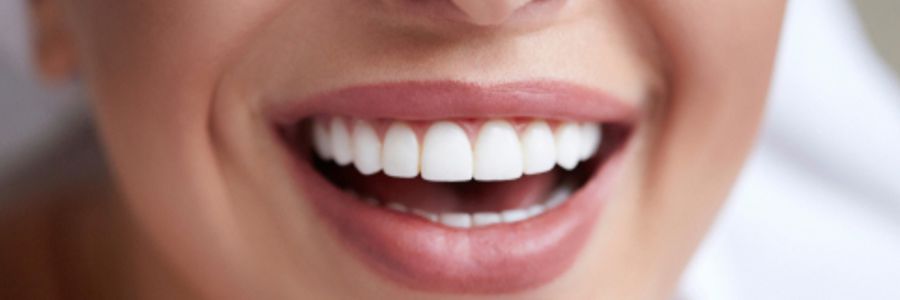In the realm of oral hygiene, a paradigm shift is underway with the advent of Smart Cleansing, heralding a new era of innovative dental cleaning solutions. Traditional oral care methods have long relied on manual brushing techniques coupled with standard toothpaste formulas. However, the convergence of cutting-edge technology and scientific advancements has paved the way for a revolution in dental hygiene. Smart Cleansing represents an evolution beyond conventional practices, integrating artificial intelligence, IoT Internet of Things, and bioinformatics to create personalized, effective, and data-driven oral care regimens. At the heart of Smart Cleansing lies the fusion of smart devices, such as connected toothbrushes and oral care apps, with advanced algorithms that analyze individual brushing behaviors. These intelligent tools collect data on brushing duration, pressure exerted, coverage areas, and even the angles of brushing strokes. Leveraging this data, sophisticated algorithms generate tailored recommendations to optimize brushing techniques for each user, ensuring a comprehensive and effective cleaning routine.

Moreover, these devices often employ sensors and real-time feedback mechanisms to guide users in achieving optimal brushing, mitigating the risk of over-brushing or neglecting certain areas, thereby minimizing potential dental issues. Additionally, the integration of AI-powered diagnostics in Smart Cleansing solutions empowers users with deeper insights into their oral health. Utilizing machine learning algorithms, these systems can detect early signs of dental problems, such as plaque buildup, gum inflammation, or even indicators of potential cavities. By continuously monitoring oral health metrics, these technologies enable proactive intervention, guiding individuals towards preventive measures and timely professional care, ultimately reducing the likelihood of more serious oral issues. Moreover, the inclusion of bioinformatics in Smart Cleansing solutions further elevates their effectiveness. Bioinformatics algorithms analyze individual genetic factors, oral microbiome composition, and dietary patterns to customize oral care routines.
By considering genetic predispositions to certain oral conditions and tailoring recommendations based on an individual’s unique microbiome, these solutions optimize oral health outcomes with a personalized approach previously unseen in traditional dental care. Furthermore, the interconnected nature of Smart Cleansing devices allows seamless communication between users, their oral healthcare providers, and even dental insurance companies. This connectivity enables real-time sharing of oral health data, dental cleaning cost facilitating proactive and collaborative care strategies. Dental professionals can remotely monitor their patients’ oral health metrics, offer personalized advice, and track progress, fostering a new era of patient-centered care that transcends physical office visits. In conclusion, Smart Cleansing represents the pinnacle of innovation in the field of dental care, promising highly personalized, data-driven, and interconnected solutions. This amalgamation of technology, data analytics, and personalized care heralds a future where oral hygiene is not just a routine but an intelligent, proactive, and collaborative journey towards optimal oral health.
